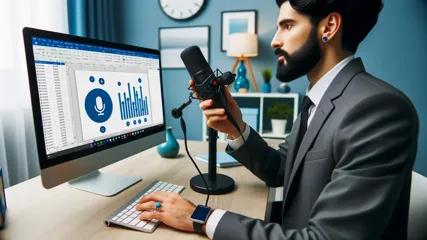Augmentative and Alternative Communication (AAC)
ABOUT
AAC, short for Augmentative and Alternative Communication,
encompasses various methods individuals use to communicate aside from speaking.
It’s a resource utilized by people of all ages who encounter challenges with speech or language abilities.
Some individuals integrate AAC into their daily lives, while others may temporarily rely on it, such as during post-surgery recovery periods.

Non-tech AAC solutions
evidence-based speech therapy techniques such as aided language stimulation and visual supports. These methods promote language development and communication proficiency without relying on electronic devices. By incorporating strategies like picture boards and gesture-based communication, non-tech AAC fosters expressive abilities in individuals with speech or language difficulties. This approach aligns with principles of augmentative and alternative communication (AAC) therapy, providing structured support for effective communication.
Mid-Level AAC
Integrate low to mid-tech options, incorporating evidence-based strategies such as visual supports and aided language stimulation.
These systems often utilize customizable picture boards or simplified keyboards, aligning with principles of augmentative and alternative communication (AAC) therapy.
They provide structured support for individuals who require more than basic gestures but may not yet be ready for the complexity of high-tech solutions,


Advanced AAC
Advanced AAC solutions leverage cutting-edge technology and evidence-based approaches, including dynamic display devices and robust software applications grounded in principles of AAC therapy. These systems, often featuring customizable interfaces and sophisticated language representation, empower users to express themselves fluently and efficiently. Incorporating advancements like synthesized speech, text-to-speech functionality, and eye-tracking technology
Concerns
Research has addressed common concerns regarding AAC usage, debunking misconceptions about age requirements and its impact on language development. It’s shown that AAC benefits individuals of all ages, even toddlers. Contrary to belief, AAC usage does not impede verbal communication; instead, it can enhance language skills and literacy. Individuals with mobility challenges can still utilize AAC through alternative access methods,

